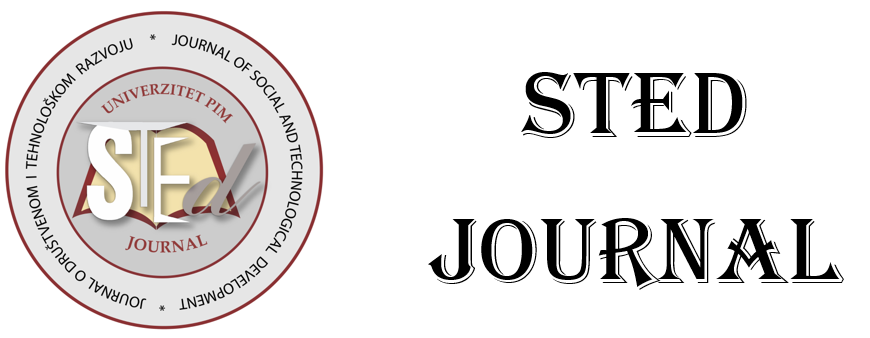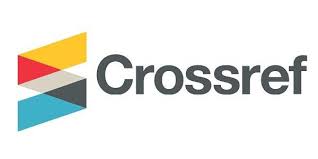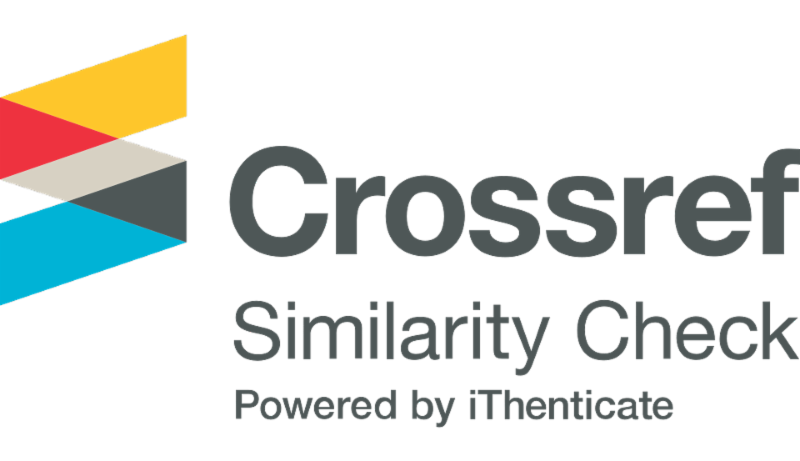
More articles from Volume 5, Issue 2, 2023
ANALYSIS OF RELATIONSHIPS BETWEEN TEACHERS' ATTITUDES ON CHANGES IN EDUCATION, IDENTIFICATION WITH SCHOOL AND JOB SATISFACTION IN SCHOOL
SOCIAL MEDIA IN THE SHIPPING INDUSTRY: THE INTENSITY AND CONTENT OF THE MARKETING ACTIVITIES
DETERMINING THE SIGNIFICANCE OF THE QUALITY DIMENSION OF BANKING SERVICES IN CROATIA BASED ON THE SERVQUAL MODEL
MARKET RESEARCH AS A STARTER OF THE DEVELOPMENT OF REHABILITATION ENTERPRISES
ANALYSIS OF HARMONIZATION OF REGULATIONS OF THE EUROPEAN UNION AND BOSNIA AND HERZEGOVINA IN THE FIELDS OF ELECTRONIC COMMUNICATIONS AND ELECTRONIC MEDIA
Article views
ELIMINATION OF INTERFERENCE WITH WIRELESS MESH NETWORKS THROUGH BINARY SYMMETRICAL CHANNELS
Visoka škola za uslužni biznis Istočno Sarajevo – Sokolac , Istočno Sarajevo , Bosnia and Herzegovina
Alfa BK Univerzitet , Novi Beograd , Serbia
Fakultet za menadžment , Sremski Karlovci , Serbia
Received: 18.07.2023.
Accepted: 28.08.2023. >>
Published: 29.11.2023.
Volume 5, Issue 2 (2023)
pp. 74-83;
Abstract
This paper presents the binary symmetric channel as a common model of the communication channel used in theory of coding and theory of information. Since there is no noise in the channel, the data transmission delay is very small, which is why data can be transmitted quickly and in real time, without many errors, which greatly determines its practical application. Therefore, the theoretical basis of the functioning of the channel itself and its practical advantages will be presented in the text. The concept of binary coding will also be explained with the use of block codes that create the possibility of correcting eventual errors, as well as the application of a binary symmetric channel in improving signal interference when using a wireless network.
Keywords
References
Citation
Copyright
All papers are licensed under a Creative Commons Attribution 4.0 International License.
Article metrics
The statements, opinions and data contained in the journal are solely those of the individual authors and contributors and not of the publisher and the editor(s). We stay neutral with regard to jurisdictional claims in published maps and institutional affiliations.












